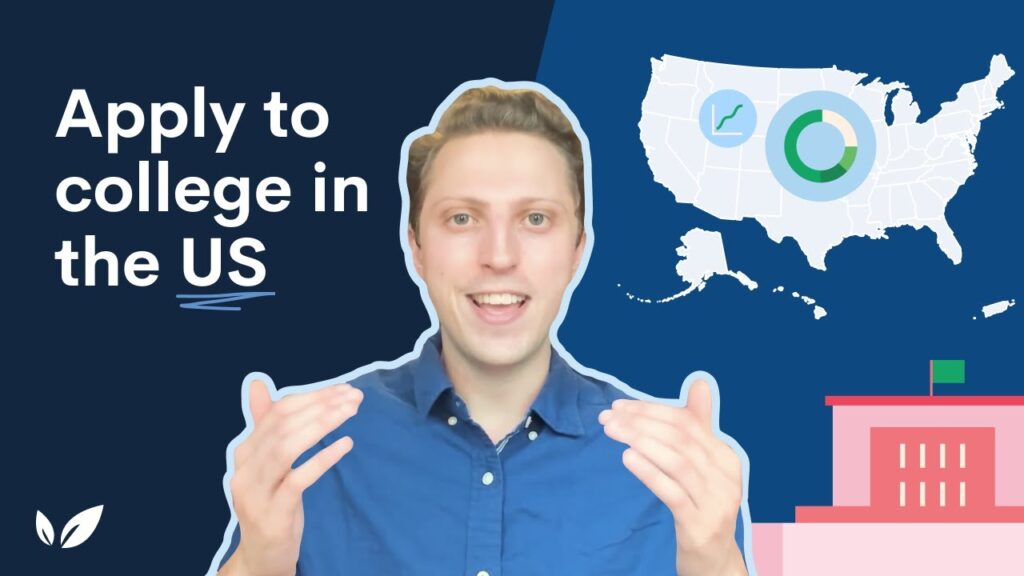
The United States is a popular destination for international students and professionals seeking opportunities to study and work. The process involves navigating visas, academic programs, and work permits. This article provides a detailed guide to help you understand the steps and requirements for working and studying in the U.S.
Why Choose the United States?
- World-Class Education:
- The U.S. is home to renowned universities and colleges offering diverse academic programs.
- Institutions like Harvard, MIT, and Stanford attract students from across the globe.
- Career Opportunities:
- The U.S. job market offers opportunities in various industries, from technology to healthcare.
- Companies value international perspectives and skills.
- Cultural Diversity:
- The U.S. is a melting pot of cultures, providing a rich and inclusive experience.
- Networking opportunities abound through multicultural communities.
Understanding the Visa Process
Student Visas
- F-1 Visa:
- For full-time academic students enrolled in a U.S. educational institution.
- Allows limited on-campus work and optional practical training (OPT) after graduation.
- J-1 Visa:
- For exchange programs, including study, research, and cultural exchange.
- Often used by scholars and professionals in sponsored programs.
- M-1 Visa:
- For vocational or non-academic programs.
- Does not permit work except for practical training related to the course.
Work Visas
- H-1B Visa:
- For skilled workers in specialized fields like IT, engineering, or healthcare.
- Requires sponsorship by a U.S. employer.
- OPT and CPT:
- Optional Practical Training (OPT) allows F-1 students to work in their field of study for up to 12 months (or 36 months for STEM fields).
- Curricular Practical Training (CPT) allows students to work as part of their academic curriculum.
- Green Card:
- Provides permanent residency and work authorization.
- Can be obtained through family sponsorship, employment, or other pathways.
Steps to Study in the United States
- Research and Choose a Program:
- Identify universities and courses that match your career goals and interests.
- Consider factors like location, tuition fees, and available scholarships.
- Standardized Tests:
- Prepare for required exams such as TOEFL, IELTS, GRE, or GMAT.
- High scores enhance your chances of admission and scholarships.
- Application Process:
- Submit applications with transcripts, recommendation letters, and a statement of purpose.
- Meet deadlines and track application statuses.
- Obtain a Visa:
- Receive an I-20 form from your university.
- Schedule a visa interview at a U.S. embassy or consulate.
- Prepare for Arrival:
- Arrange housing, health insurance, and travel plans.
- Familiarize yourself with campus resources and support services.
Steps to Work in the United States
- Find a Job:
- Use online job portals, networking events, and career fairs.
- Tailor your resume and cover letter to U.S. standards.
- Apply for a Work Visa:
- Secure a job offer from a U.S. employer willing to sponsor your visa.
- Follow employer guidelines for the visa application process.
- Understand Your Rights and Responsibilities:
- Learn about labor laws, workplace rights, and tax obligations.
- Maintain legal status by adhering to visa regulations.
Balancing Work and Study
- On-Campus Employment:
- F-1 visa holders can work up to 20 hours per week on campus during the academic year.
- Jobs include library assistants, research roles, and administrative positions.
- Internships and Co-Op Programs:
- Gain practical experience through internships or cooperative education programs.
- Often integrated into academic curriculums for credit.
- Time Management:
- Create a schedule that balances work, study, and personal life.
- Prioritize tasks to avoid burnout.
Challenges and How to Overcome Them
- Cultural Adjustment:
- Participate in orientation programs and cultural exchange activities.
- Build a support network of peers and mentors.
- Financial Management:
- Budget your expenses and explore scholarships, grants, or part-time jobs.
- Utilize campus resources for financial advice.
- Visa Compliance:
- Regularly check visa requirements and maintain valid documentation.
- Consult with international student advisors for guidance.
Resources for International Students and Workers
- University Support Services:
- Access academic advisors, career centers, and mental health resources.
- Join student organizations and cultural clubs.
- Government Agencies:
- The U.S. Department of State and U.S. Citizenship and Immigration Services (USCIS) provide valuable information.
- Online Platforms:
- Use websites like Study in the USA, LinkedIn, and Glassdoor for opportunities and insights.
The Future of Studying and Working in the U.S.
- STEM Opportunities:
- The U.S. prioritizes STEM graduates for extended OPT periods and job placements.
- Remote Work Flexibility:
- Hybrid and remote work models are creating new opportunities for international talent.
- Policy Changes:
- Stay informed about immigration policy updates that could impact your plans.
Working and studying in the United States offers a wealth of opportunities for personal and professional growth. By understanding the processes, challenges, and available resources, you can successfully navigate your journey and achieve your goals. With careful planning and determination, the American dream can become a reality.
